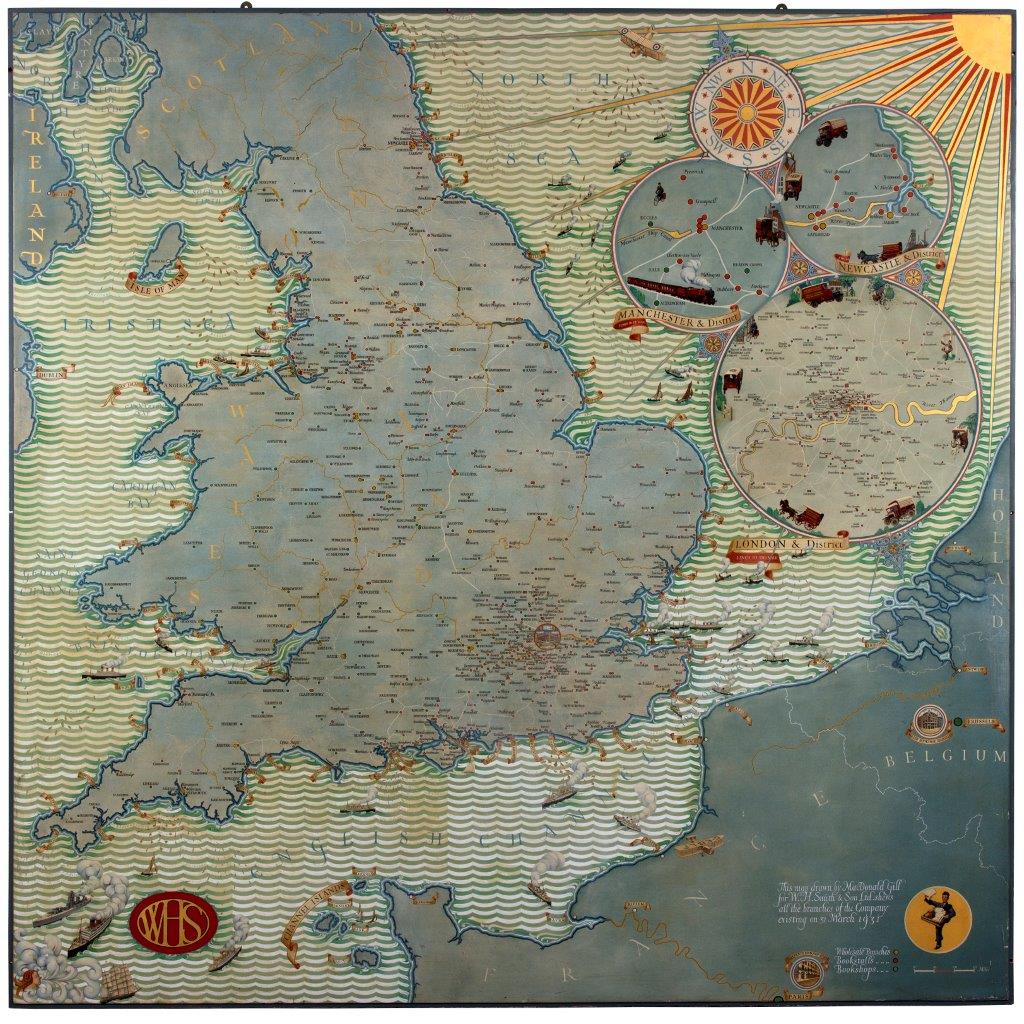
In the 1930s the British high-street store W.H.Smith & Son operated a vast commercial empire. Originally formed by Henry Walton Smith and his wife Anna in 1792 as a news vendor in London the company became incredibly successful after his son William Henry Smith started working with his father. They took advantage of the railway boom and set up news-stands at the stations starting with Euston in 1848.
In the 1930s the WH Smith & Son board commissioned the artist and graphic designer MacDonald Gill to paint a scale map of the Smith’s world (above).
Gill, born Leslie MacDonald Gill (6 October 1884 – 14 January 1947), was best known at the time for his 1914 Wonderground Map. Commissioned by Frank Pick, the London Underground’s Traffic Development Officer, the map was displayed at every station on the Tube. Because of its popularity, the publisher produced this smaller version for sale to the public.
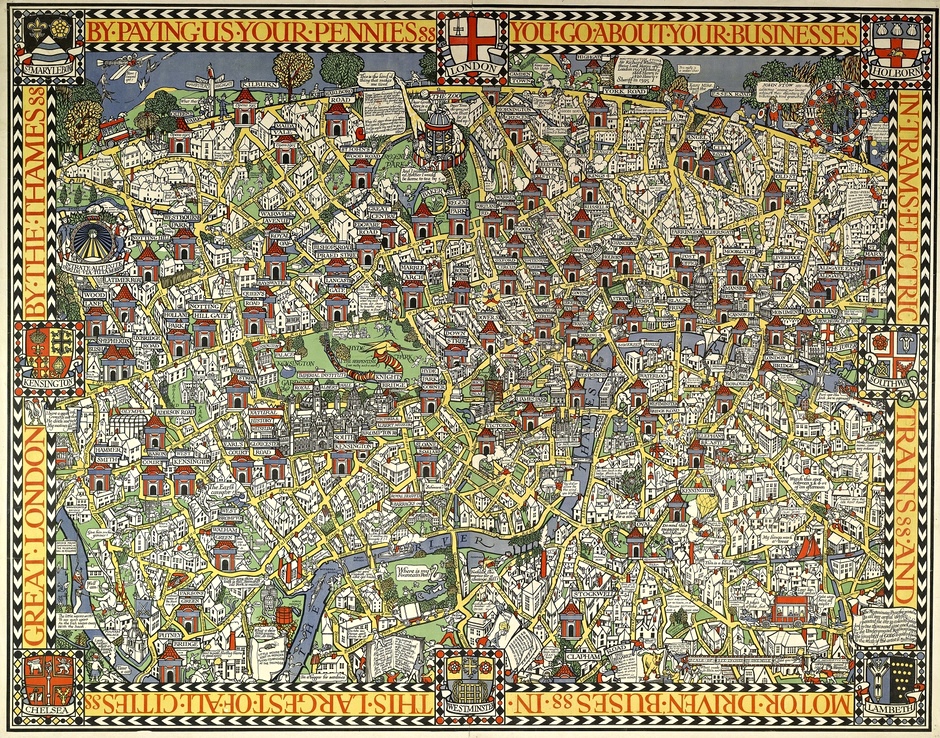
Gill’s ‘Wonderground’

A detail from Wonderland
Completed in 1931, the 7ft by 7ft map shows WH Smith & Son’s presence in Britain and Northern Europe. According to Mr Gill’s ledger he was paid £765 for the project, around £42,000 in today’s money. Not only did the map record the location of W.H.Smith bookstalls, bookshops and wholesale branches, it added decorative detail from bi-planes and horse-drawn vehicles right down to named shoals of fish in Art Deco waves off the coastline.
MacDonald’s brother, the brilliant albeit rather sexually perverted artist, Eric Gill (he of Gill Sans) was responsible for the W.H.Smith signage typography.
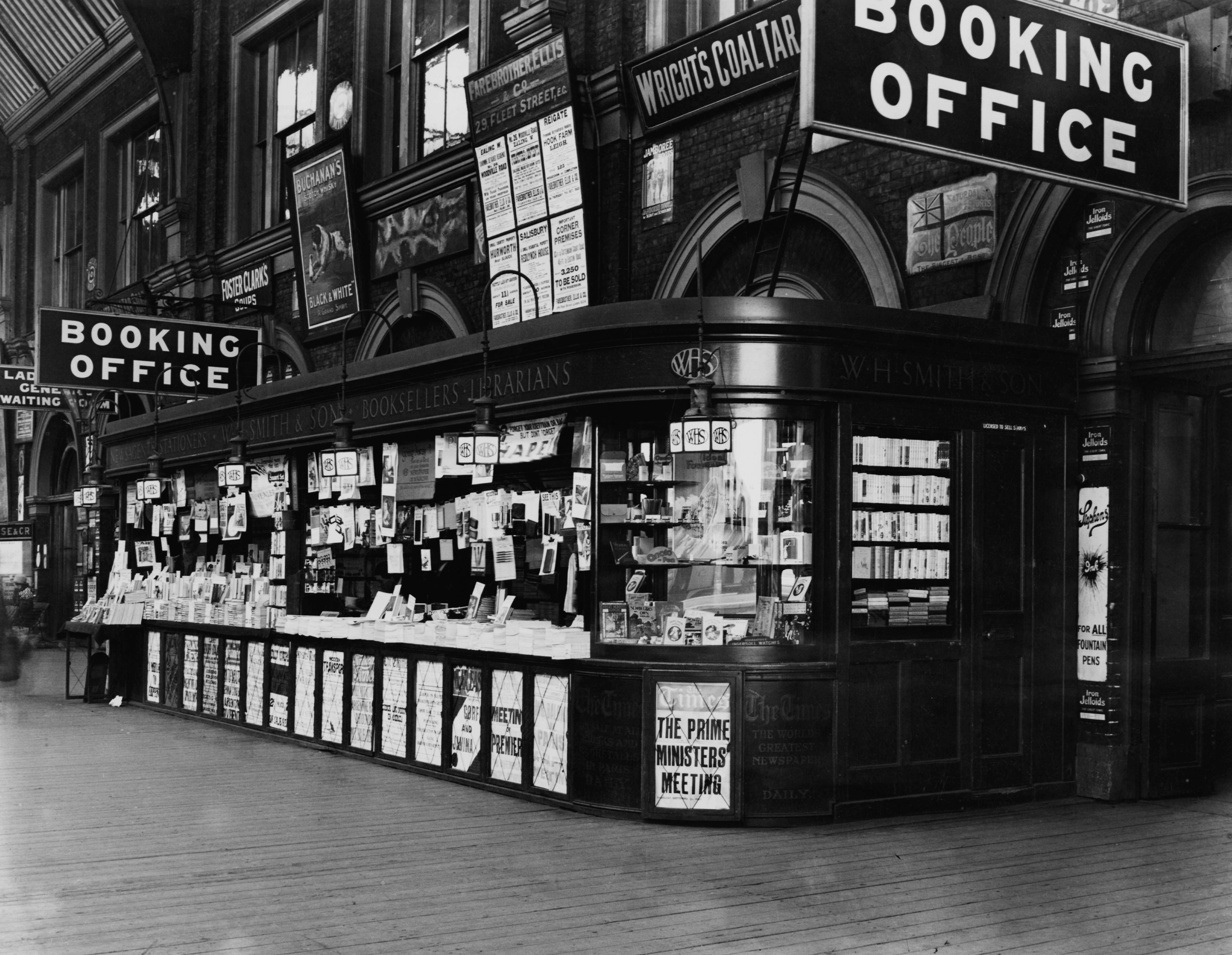
The W.H. Smith bookstall at Victoria Railway Station, London, January 1924.
Gill also produced numerous book illustrations, church murals, architecture and lettering, such as the letters on British military headstones from the First World War. But it was his work for the Empire Marketing Board that had excited the Smith’s bosses.
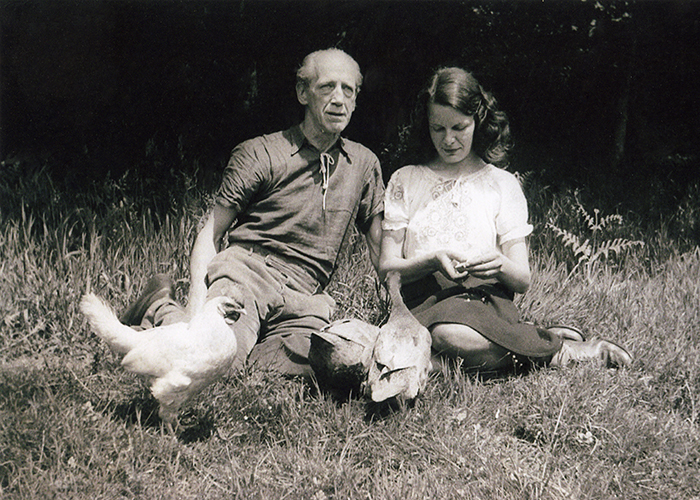
‘Max’ Gill and his second wife Priscilla in the garden of the cottage, with some of Priscilla’s wartime livestock. After his death she preserved and labelled his work, ensuring its survival
Brighton University, which houses a terrific tribute to Gill’s work and life, has more:
Between the two World Wars, the British Empire entered a period of steady decline, as its subjects began to question the concept of unswerving loyalty to ‘The Mother Country’. Everywhere there were calls for more autonomy and in India, the Congress Party was demanding nothing less than full independence.
As the Colonies became increasingly restless, the British Government saw the need to strengthen its Imperial ties. In 1924, the British Empire Exhibition at Wembley celebrated the richness and diversity of the Imperial possessions. In 1926 the Empire Marketing Board was founded. Its main aim was to promote inter-Empire trade using all available media, including advertising, documentary film and poster campaigns encouraging the public to ‘buy Imperial goods’.

Gill’s ‘Highways of Empire’, a 20ft x 10ft hemispherical projection of the world. ‘Produced in 16 sheets, this was the largest poster ever produced at that time and required specially-built hoardings’.
Max Gill was commissioned to produce a series of posters for the EMB. His first, measuring twenty feet by ten, depicted the ‘Highways of Empire’, the sea and air links uniting Britain with her colonies. It first appeared on the streets of Great Britain on January 1st 1927 and caused a minor sensation, as the Daily Telegraph reported:
EMPIRE ADVERTISING – STRIKING POSTERS
The instant effect is to rivet the attention and closer study reveals a mass of detail on the map, so full of humour and instruction that it is no wonder that the police have already had to exhort people to ‘move along please’, at the hoarding in Charing Cross Road, where the first one has been exhibited. It is only necessary to mention that the artist is Mr MacDonald Gill, who drew the comic maps for the Underground, to give some idea of what the public may expect to see.
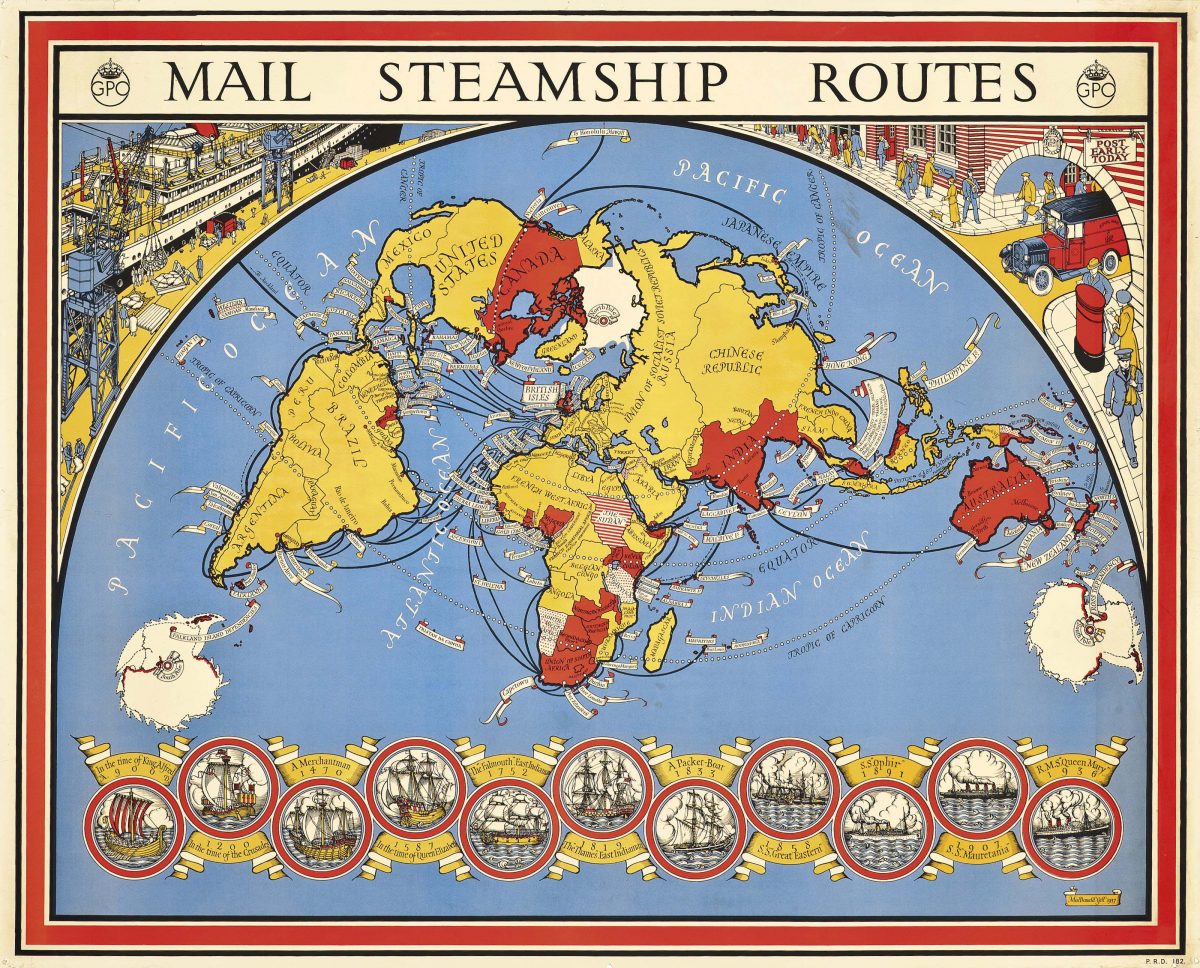
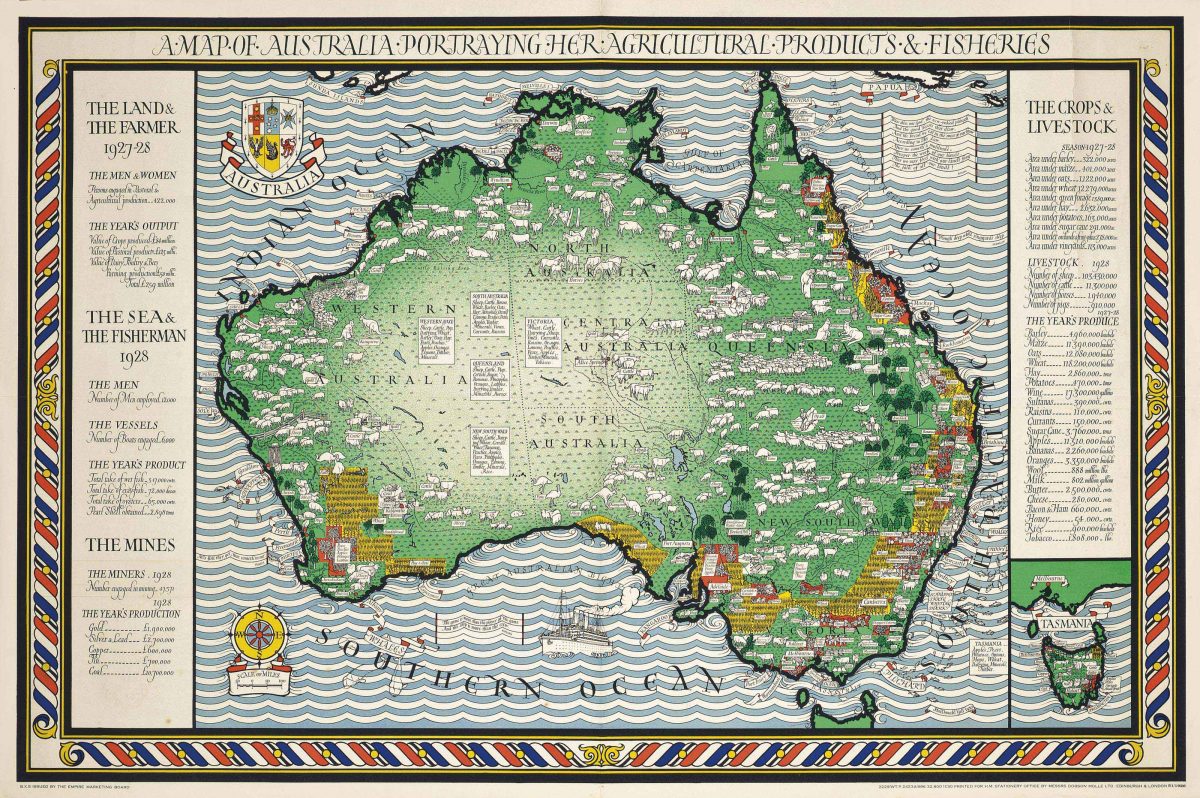
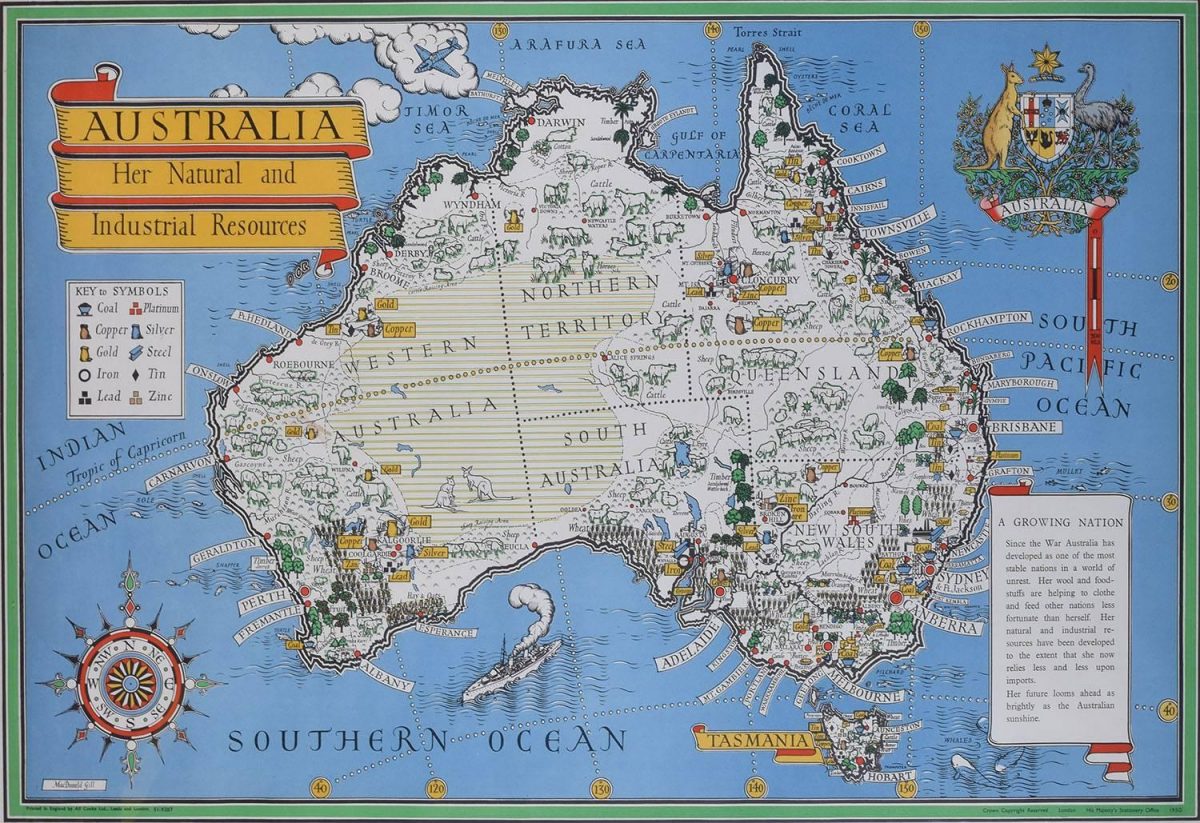
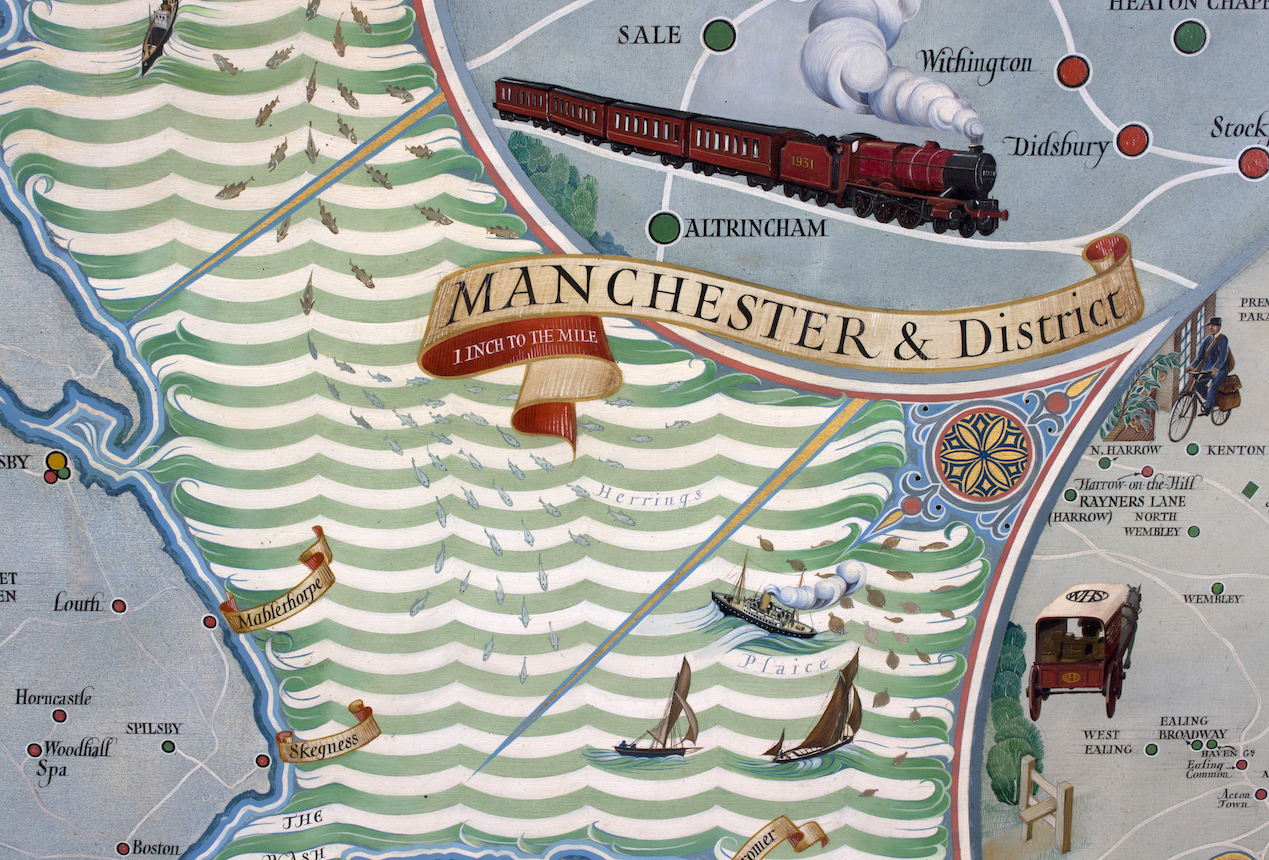
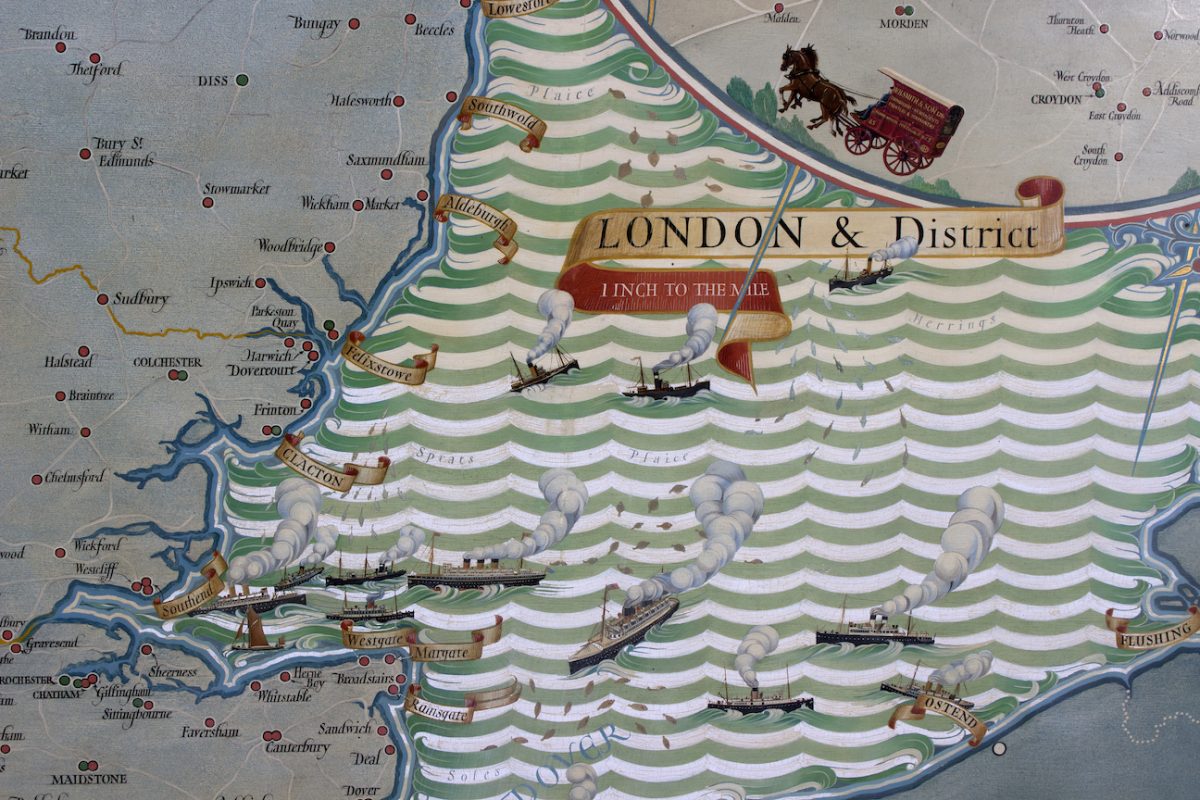
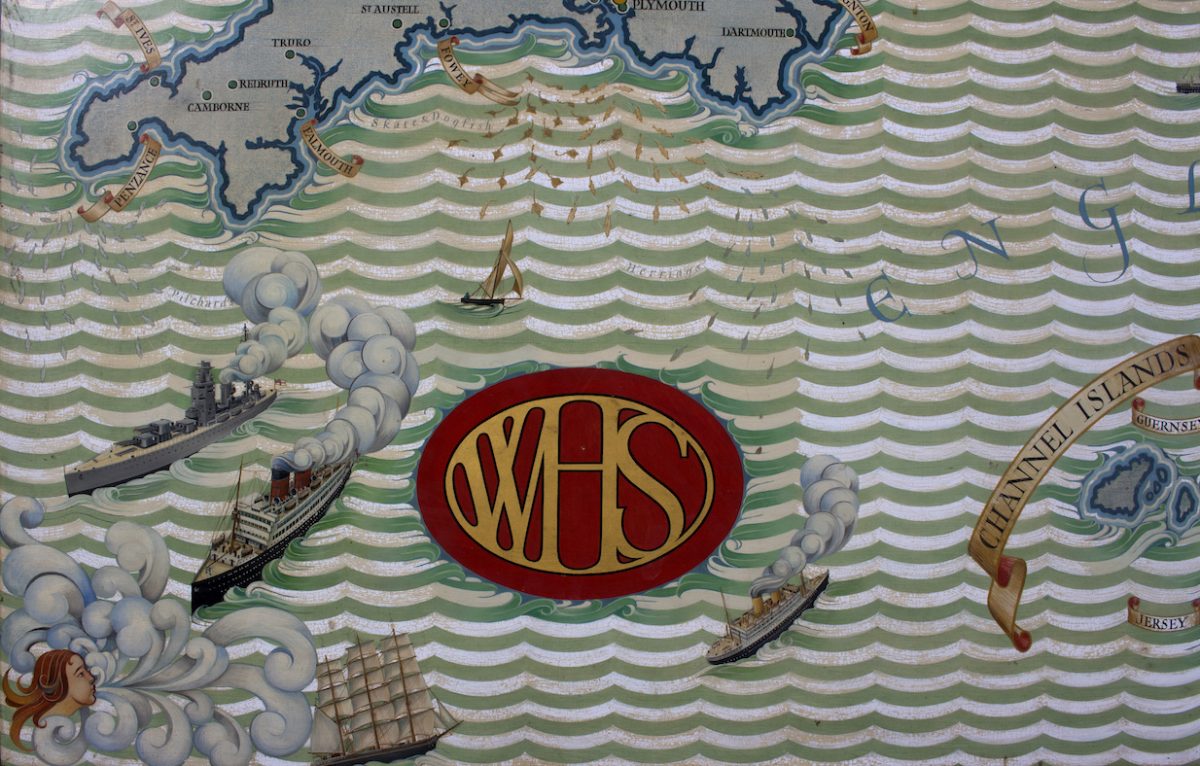
Would you like to support Flashbak?
Please consider making a donation to our site. We don't want to rely on ads to bring you the best of visual culture. You can also support us by signing up to our Mailing List. And you can also follow us on Facebook, Instagram and Twitter. For great art and culture delivered to your door, visit our shop.

